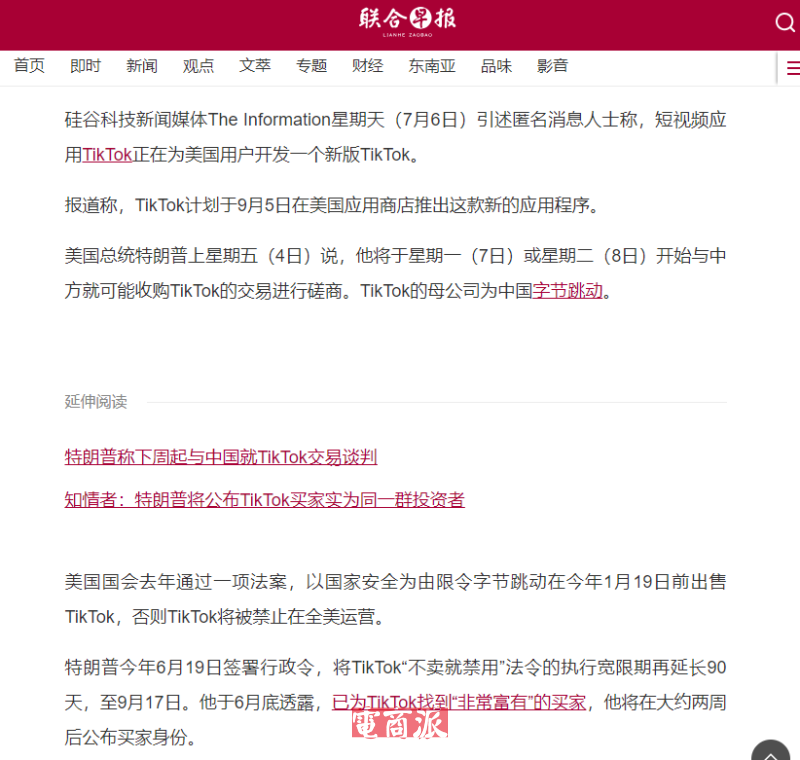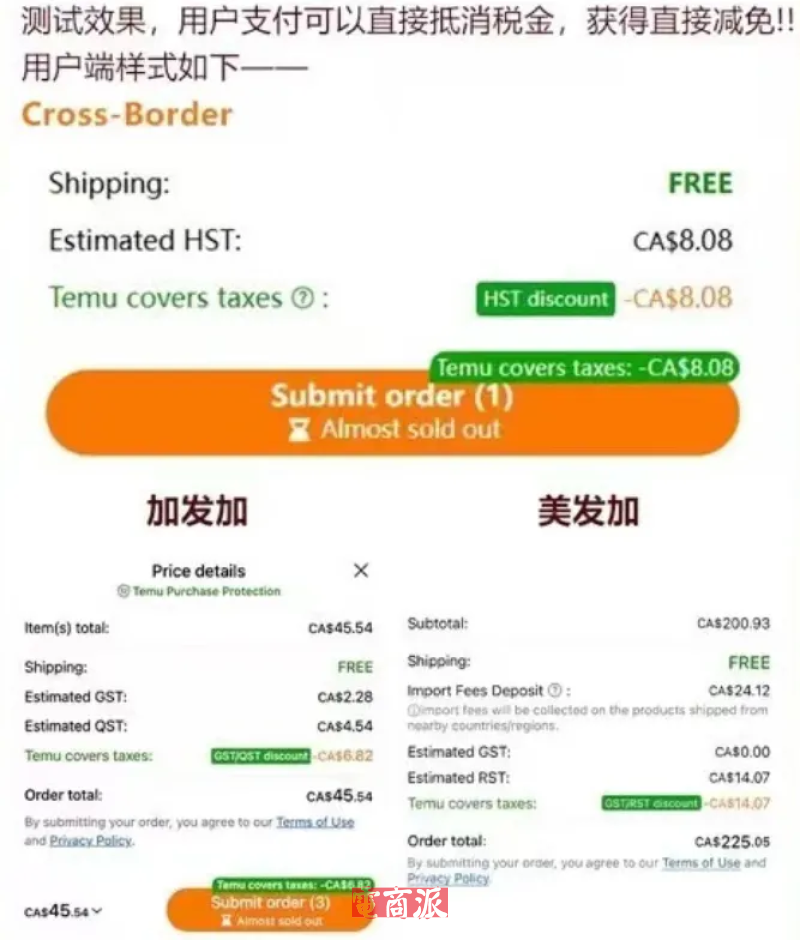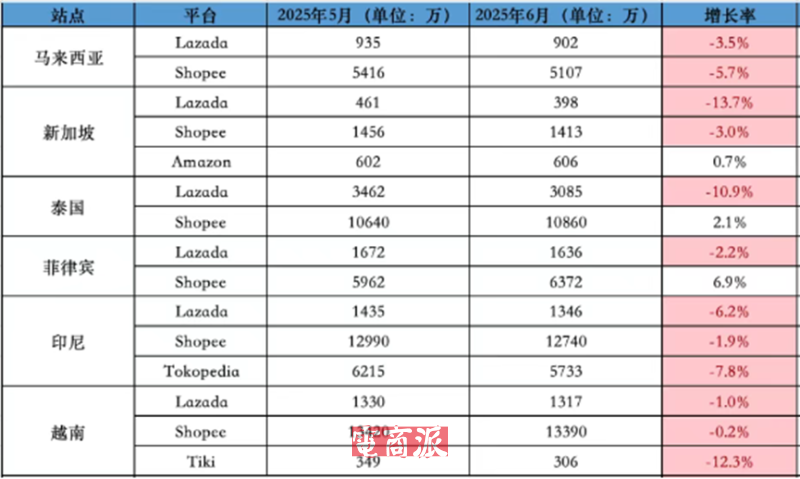cssoverflow

CSS Overflow: An In-depth Explanation
Introduction:
CSS overflow is a property used to control how content that exceeds the available space within an element is displayed. It allows web developers to define whether the content should be clipped
displayed with scrollbars
or hidden.
In this article
we will explore the different values of the CSS overflow property
how they work
and their practical applications.
The CSS Overflow Property:
The CSS overflow property takes four possible values: visible
hidden
scroll
and auto. Each of these values has a different behavior when it comes to overflowing content.
1. Visible:
The default value of the overflow property is visible. When the content exceeds the boundaries of the element
it will overflow and be displayed outside of its container. This may cause overlapping with other elements or a change in the layout of the page. While this value is useful in certain situations
it is often necessary to use other values to maintain the page's structure.
2. Hidden:
The hidden value allows developers to hide any content that overflows its container. When set to hidden
the overflowed content is completely clipped and not visible to the user. This is useful when you want to hide content that is not a priority or disrupts the overall design of the page.
3. Scroll:
Setting the value to scroll adds scrollbars to the container whenever the content overflows. This value is useful when you want to provide a way for the user to scroll through the content. Scrollbars will be shown regardless of whether the content actually overflows or not
which can sometimes result in unnecessary scrollbars being visible.
4. Auto:
Setting the value to auto dynamically adds scrollbars only when necessary. If the content overflows
scrollbars will be shown
otherwise
they will be hidden. This value is particularly useful when you want to avoid unnecessary scrollbars being visible and ensure that the layout of the page is not affected.
Practical Applications:
1. Overflowing Text:
One of the common use cases for the overflow property is dealing with long blocks of text within a limited space. By setting the overflow property to scroll or auto
developers can ensure that the content remains within the element's boundaries while providing a way for users to scroll through the text if needed.
2. Image Galleries:
When creating image galleries or sliders
it is common for the images to exceed the boundaries of their container. By applying the overflow property
developers can control how the images are displayed. They can choose to clip the images using the hidden value or provide scrollbars using the scroll value. This ensures that the layout remains intact and the user can navigate through the images.
3. Dropdown Menus:
Dropdown menus can sometimes exceed the available space within their containers
causing the content to overflow and disrupt the layout. By setting the overflow property to hidden or auto
developers can control how the menu's overflow is handled. Hidden will simply hide the overflowing content
while auto will add scrollbars when necessary. This keeps the menu intact and prevents any overlap with other page elements.
Conclusion:
The CSS overflow property is a powerful tool for controlling the display of content that exceeds the available space within an element. By using the different values of the property
developers can choose how the content is displayed
whether it's clipped
hidden
or shown with scrollbars. Understanding how to use this property effectively allows developers to maintain a consistent and user-friendly layout for their web pages.
 邮件群发-邮件群发软件|邮件批量发送工具|群发邮件平台|批量邮箱发送系统公司
邮件群发-邮件群发软件|邮件批量发送工具|群发邮件平台|批量邮箱发送系统公司








